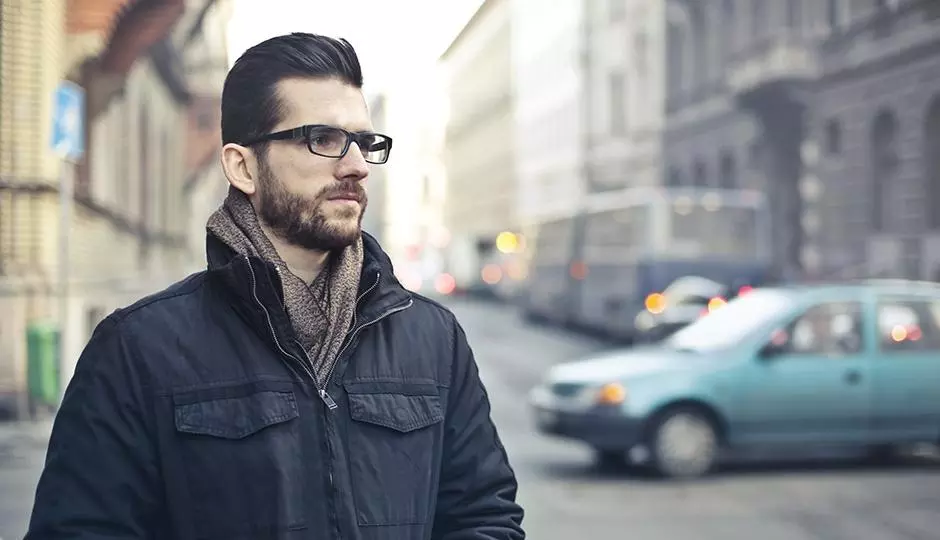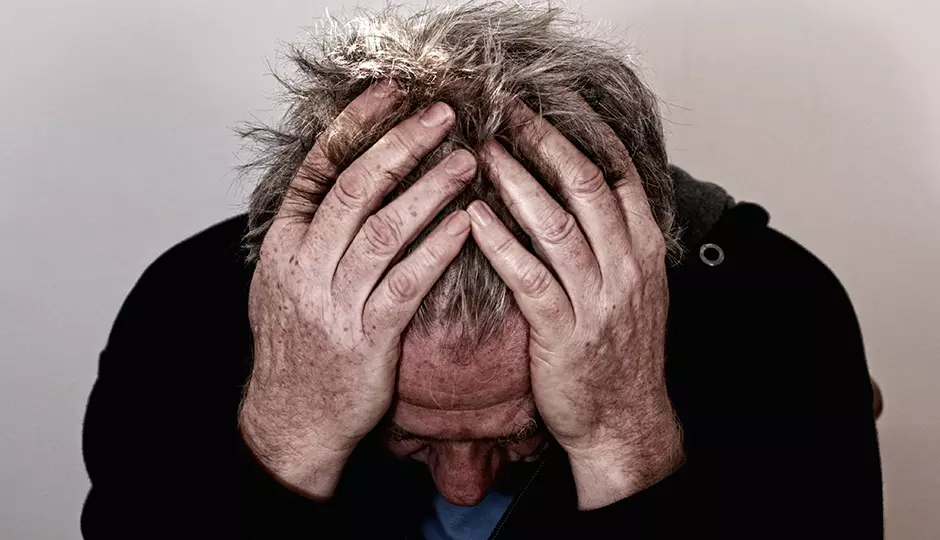Alopecia is a term associated with various types of hair loss for men and women, a common issue that affects most adults during their lifetime. Traction alopecia is hair loss caused by the repeated pulling or tugging of your hair when styling or caring for it.
What Is Traction Alopecia?
Traction alopecia typically affects people that prefer to wear tight hairstyles, such as braids, cornrows, weaves, tight ponytails, and buns. The repeated use of rollers to set hair, as well as chemical and heat treatments, can also leave you more susceptible to traction alopecia.
The first symptoms of traction alopecia typically include a tender sensation and the appearance of small bumps on the scalp that look like regular pimples. The tenderness may include a sense of constant hair pulling or a stinging and burning feeling.
If the condition is allowed to progress, blisters, along with scaling, may appear on the scalp, and the hair follicles may become inflamed. The inflamed hair follicles begin to produce thinner and weaker strands of hair, leading to the first signs of thinning hair. If the hair follicles become severely inflamed, they can be permanently damaged and ultimately lose the ability to produce hair. Severe inflammation can permanently damage the hair follicle, causing it to produce weaker strands of hair until it is no longer viable and loses the ability to regrow hair.
Most forms of alopecia affect the entire scalp, causing patches of hair loss and thinning throughout, but traction alopecia differs, only affecting the hair and hair follicles that have been pulled and stressed. While some hair loss may occur on other areas of the scalp, hair loss from traction alopecia typically affects primarily the front and sides of the scalp.
Is Traction Alopecia Permanent?
While hair loss from traction alopecia can be permanent, the condition is reversible if it is recognized and treated early. The primary treatment for early stages of traction alopecia is a change in hairstyles. If you avoid wearing your hair in the same tight hairstyles that caused the condition, in most cases, your hair will grow back naturally as the hair follicles heal. In cases where the condition has been allowed to persist, treatment options are often recommended to aid the process.
Treating and preventing traction alopecia consists of avoiding tight hairstyles such as braids, cornrows, or dreadlocks. Stop wearing tight ponytails or buns, especially overnight. Any hairstyle that is tight enough that it hurts has the potential to damage the hair and hair follicles, leading to permanent hair loss.
Changing your hairstyle more frequently, such as alternating between wearing your hair down and wearing braids, can also help prevent the condition. If you decide to wear weaves, extensions, or braids, avoid relaxers or other chemical treatments, wear them for short periods, and take breaks between each use.
Keep your hairdryer and flat iron on the low heat setting, avoid sleeping in rollers and instead wrap your hair. When you braid your hair, make the braids thick as thinner braids pull the hair more tightly, and don't use rubber or elastic bands to hold it in place.
Contact New Image Today!
You can best avoid permanent hair loss from traction alopecia by detecting the issue early and taking appropriate steps. If you are noticing thinning hair or hair loss and often wear tight hairstyles, traction alopecia may be the cause. The professionals at New Image Hair Clinic can help determine if your hair loss is the result of traction alopecia or other factors.
At New Image, we have been helping clients deal with hair loss issues for over 50 years. Our team of experts has the skill and knowledge to help you with your hair loss cause and recommend the best solutions, such as laser hair therapy, and topical thickening products for women and men. Contact us today to schedule your FREE initial consultation and learn how we can help you restore your natural head of hair.



